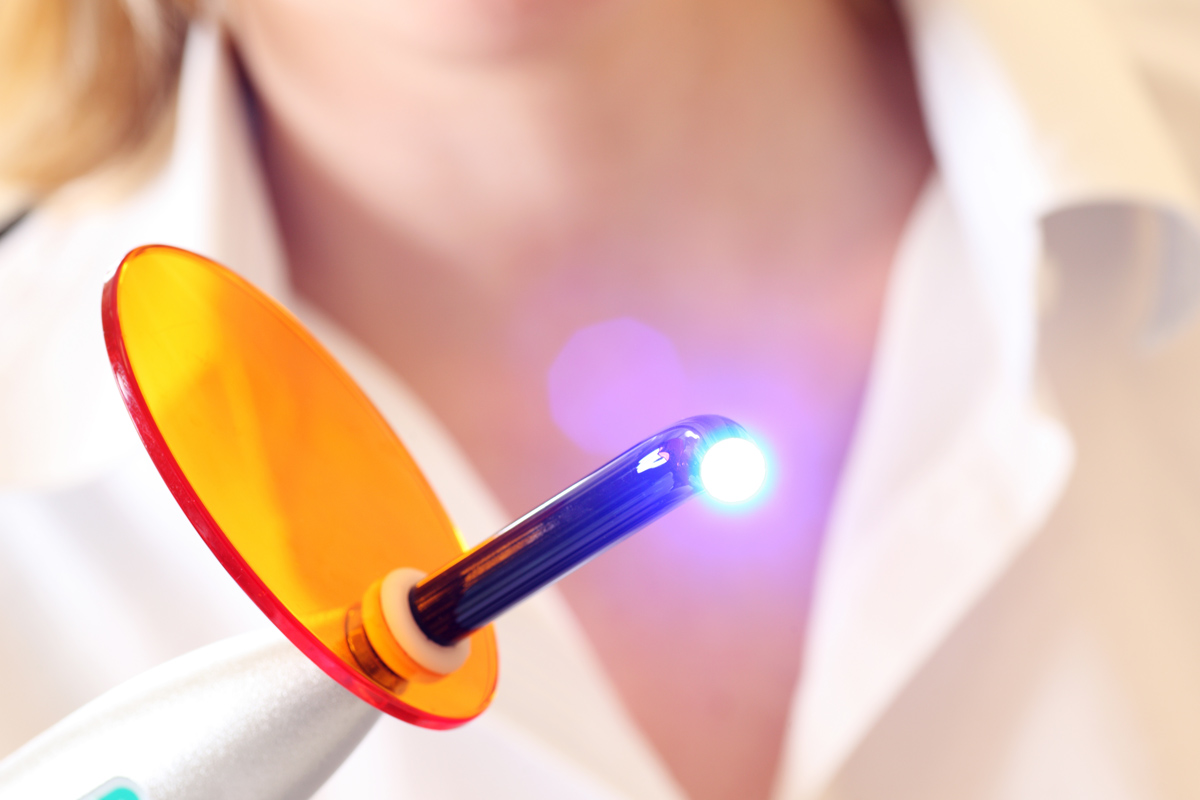
Future of dentistry is changing by technology
Researchers have long considered lasers as integral to the future of dentistry; however, many years were spent working to create specific wavelengths that wouldn’t cause more damage than repair.
Although the technology-savvy public today can conceive of painless laser treatment, the earliest lasers functioned primitively with heat like the “lasers” we have all seen in old television shows. The evolution of the research led to new wavelengths for the laser, and the fine-tuning on hard and soft tissue applications eventually produced FDA-approved dental lasers in the 1990s.
The applications for laser technology have grown rapidly and Eureka Dental is at the forefront of integrating this technology into our patients’ treatments. But given the rapid pace of improvement in dental laser technology, most of the public is unaware of what is now possible.
Lasers can be used to remove tooth decay in many situations with ease and can then help prepare the enamel on your tooth for a filling. They can then be used to rapidly hardening, or cure, the filling material.
Lasers also work to amplify teeth whitening procedures. Once the whitening agent is applied to your teeth, powerful light from lasers works to dramatically improve the results.
In the treatment of gum disease, lasers can remove harmful bacteria and actually help to reshape your gums to ensure a lasting foundation for a healthy mouth in the years to come.
Eureka Dental uses lasers to remove lesions, perform oral tissue biopsies, and so much more. However, our team remains diligently connected to cutting-edge researchers and manufacturers of laser technology. We understand that new laser tools and procedures are being tested and deployed to improve the results of oral treatments. By embracing this technology, we are confident that our patients enjoy the highest quality dental experience in the Sacramento region.
During your next visit, ask your Eureka dentist how laser technology may provide a simpler and relatively pain-free solution to your next treatment.
Additional Source:webmd.com

